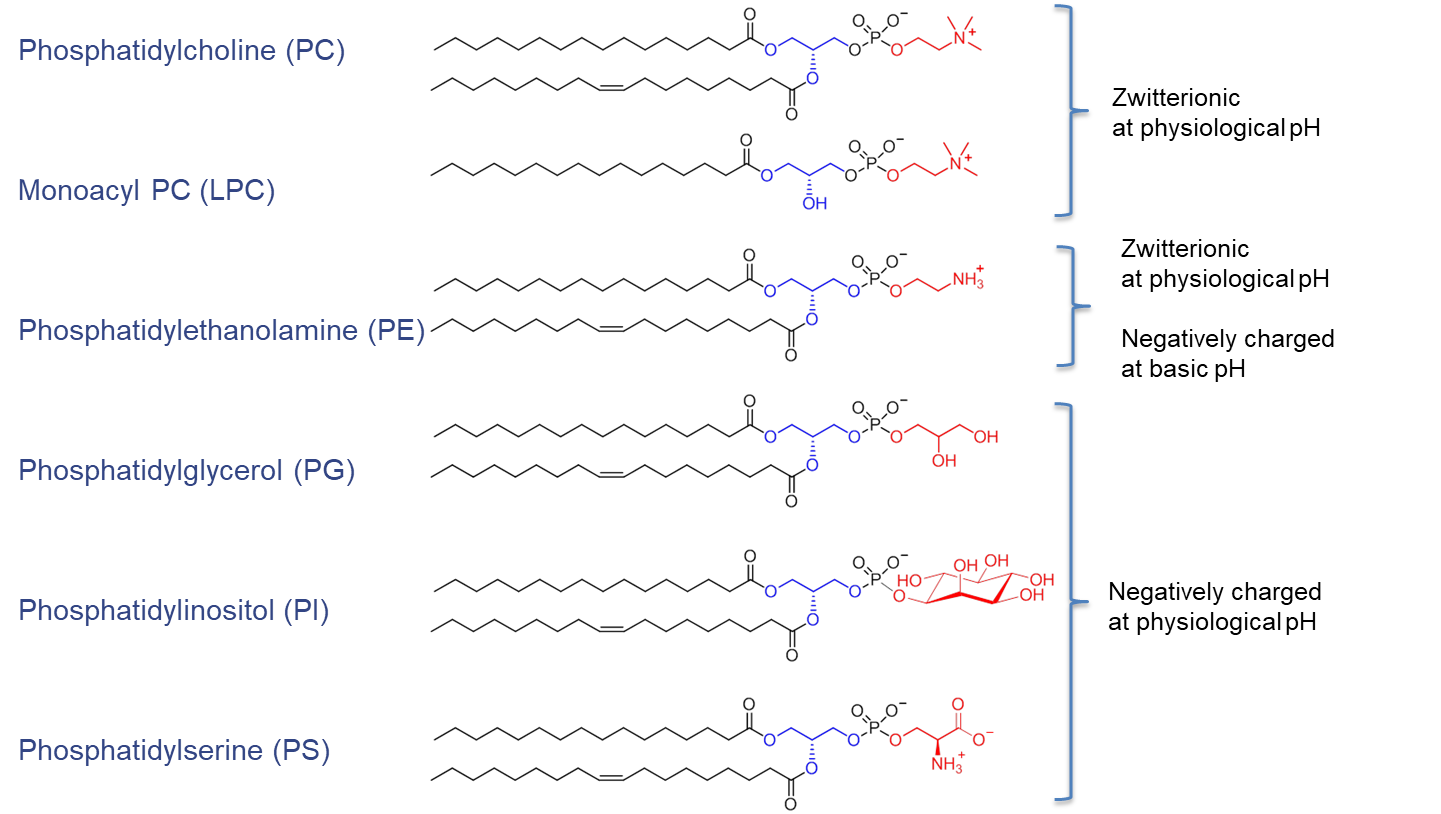What kind of inorganic materials might be used instead of phospholipid bilayer? It should be able to function in ammonia-environment. I had an idea of using phosphotungsic acid's anions based on this https://www.newscientist.com/article/dn20906-life-like-cells-are-made-of-metal/, but I don't think they would be able to connect to each other. I really need inorganic polymer, don't I?
https://www.phospholipid-research-center.com/phospholipid/types/


